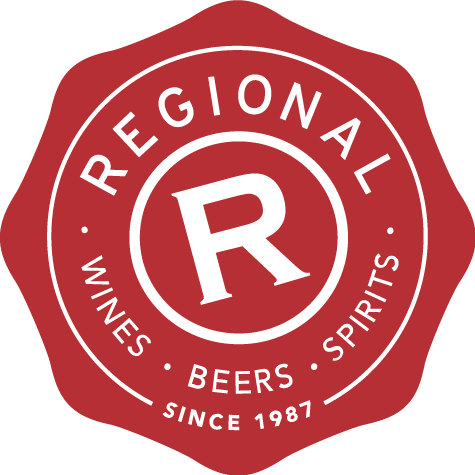
A taste of Portugal
Portuguese wine is on trend and we're shining the spotlight on it this month at Regional Wines & Spirits.
Pop into Regional Wines on Saturday 2 November any time between 1pm and 5pm to see what classic and modern Portuguese wines are all about.
If you miss the Saturday Portuguese wine tasting, pop in store any time this month (November) to buy great wines from Portugal at discounted prices during our November Taste of Portugal promotion...
Portugal encapsulates everything that's both good and challenging about isolation. Its indigenous grape varieties have remained a relative secret for wine drinkers, until relatively recently, due to its position on the west of Spain. It's a country with a fascinatingly wide range of climates from one of the world’s wettest wine regions (Vinho Verde) to one of its driest (the Douro Valley) provide a wide range of climates to suit the vastly different grape varieties and, since co-operative wineries have traditionally defined production in this most western European country, value for money can be outrageously good.
So why has it seemingly taken so long for Portugal to rise to prominence as a great wine producing country?
It’s a good question and one I turned to The Oxford Companion to Wine for some answers.
Isolation is one reason that Portugal’s grapes have mostly remained firmly at home. And there are plenty of them – the book Wine Grapes lists 77 grapes as indigenous to Portugal but a Portuguese study listed 248 indigenous grapes, in 2013 by the Associacao Portuguesa para a Diversidade da Videira (PORVID).
Another factor that has eclipsed Portugal’s wine is its biggest offering to the international wine industry – cork. Portugal is by far the biggest producer of cork in the world. This is made up not only of cork grown in Portugal but also production of cork there from other countries, of which Algeria has been incredibly significant historically.
Portugal has 234,000 hectares planted in vines. A big decline from 385,000 hectares in the 1980s. This makes it about a third of the size of France and Italy in vineyards planted and about six times the size of New Zealand’s relatively modest 37,000 hectares of vines – despite not being a large country.
Portugal is 600 km long and 200km wide. It has a temperate maritime climate with warm summers and cool wet winters. Average annual rainfall varies widely from north to south and coastal to inland.
The Portuguese consume more wine than the Italians and rival the French in terms of the amount of wine consumption.
They are better known for their famous fortified wines – port and Madeira - than for their still wines.
* We have a growing number of great Portuguese wines in store at Regional Wines.
Top drops include... (click on each to purchase)
A blend of Touriga Nacional, Castelão, Camarate and Tinta Miúda. Fermentation took place in 26.500 litres vats, with programmable pumping over system and temperature control to 28. º C - 30. º C. Maceration and (submerged) cap for 28 days. Three to four months ageing in oak barrels.
A blend of Syrah, Touriga Nacional, Alicante Bouschet and Tinta Roriz (the Portuguese name for Tempranillo – one of the classic top five red grapes used in port production). Grapes were grown in the Lisboa region.
They were destemmed, and given pre-ferment maceration at low temperatures for 24 hours. The fermentation occurred in 10,000 litre vats with temperature control, not exceeding 28ºC. After the fermentation the wine had prolonged maceration (cuvaison) for 15 days. It was aged for eight months in French and American oak barrels.
This wine comes from Alentejano in the south of Portugal – far hotter and drier than the north and home to most of the country’s cork forests.
It’s a blend of Alicante Bouschet, Touriga Nacional and Syrah.
Destemed grapes were macerated for 24 hours at low temperatures then fermented in stainless steel vats with temperature control to 27º. C for 14 days followed by four months ageing in French and American oak barriques.
